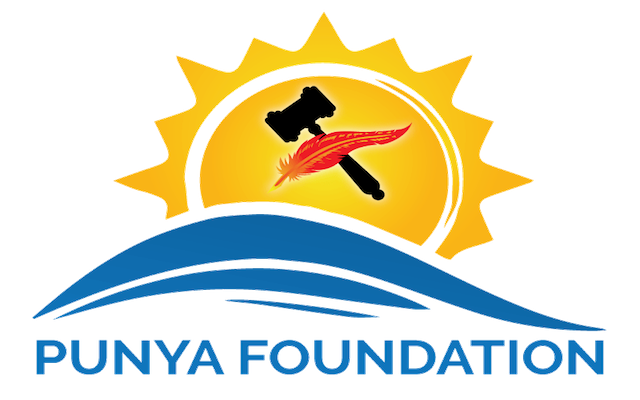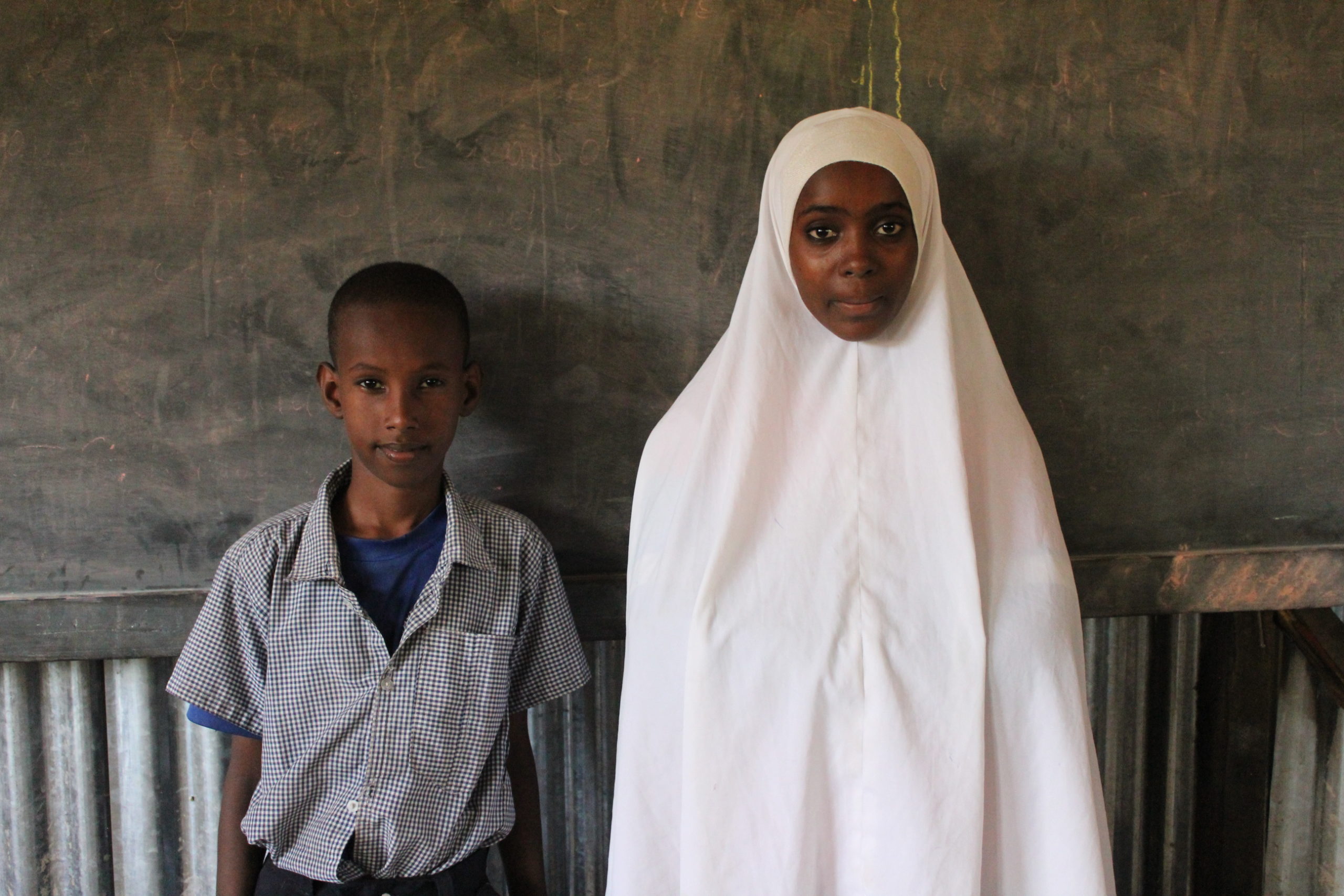Background: The Kakuma refugee camp was established in 1991. The camp has three major sections. During the early stages of its inception, it was designed to accommodate Sudanese refugees fleeing conflict and violence. From 1990’s the camp started receiving tens and thousands of refugees periodically from across; East and Horn of African, Central Africa Republic, West Africa and other parts of the world including Iran. Thousands of these refugees reached to Kakuma escaping civil war and other forms of politically triggered violence in their countries of origin. United Nations High Commissioner for Refugees (UNHCR) administers the Kakuma Camp and it falls under the jurisdiction of Kenya government and is controlled by the Department of Refugee Affairs since adoption of Kenya Refugee Act of 2006.
Children and their status: Civil wars and conflicts have hit the children hard. The families are torn apart. Many hundreds of children fled their homes unaccompanied by their parents, with their parents or guardians killed in the war. Hundreds of parents are single mothers and many are victims of Gender Based Violence (GBV). These put these families under threat of a vicious circle of violence. These highly vulnerable parents need support to help their children go to school. Many parents in the Kakuma refugee camps can’t afford to provide their children with school uniform, stationaries, etc. The support of international organizations runs short of need putting children at risk of not being able to gain their primary education.
 School conditions in Kakuma: The schools in the Kakuma refugee camp are run by UNHCR and are implemented by Lutheran World Federation. They use the Kenya 8:4:4 curriculum system of education. However, as mentioned above, there is no attention to children requiring extra attention. Recognizing the importance of education, to extend solidarity and to promote justice seeking through education, the Punya Foundation as a pilot project, supports at least four primary school going refugee children for the academic year of 2013 and 2014.
School conditions in Kakuma: The schools in the Kakuma refugee camp are run by UNHCR and are implemented by Lutheran World Federation. They use the Kenya 8:4:4 curriculum system of education. However, as mentioned above, there is no attention to children requiring extra attention. Recognizing the importance of education, to extend solidarity and to promote justice seeking through education, the Punya Foundation as a pilot project, supports at least four primary school going refugee children for the academic year of 2013 and 2014.
Modality: Selection of scholarship recipients and implementation: The Kanera Free Press coordinated the scholarship selection process. The selection team comprised of Kanere staff, the volunteers who also coordinated the Punya Foundation’s empowerment program in 2012, a women community leader and a focal teacher of Mogadishu primary school.

The Kanere staff and volunteers from the previous empowerment program selected a female child unanimously based on the status of her parents and her vulnerability. A women community leader recommended a male child, who was referred to the selection team through the school administration. The selection team performed a hut visits and based on the vulnerability of the parents, selected 4 other children. The selection team interviewed the children to check their details, their status and to assess their motivation. Finally 4 children were selected for the scholarship for the year 2013-2014.
The Kanere Free Press has formed a team of volunteers from the Kakuma refugee to implement the scholarship program. The team shall follow up the scholarship recipients every 4 months and submit a short progress report.


